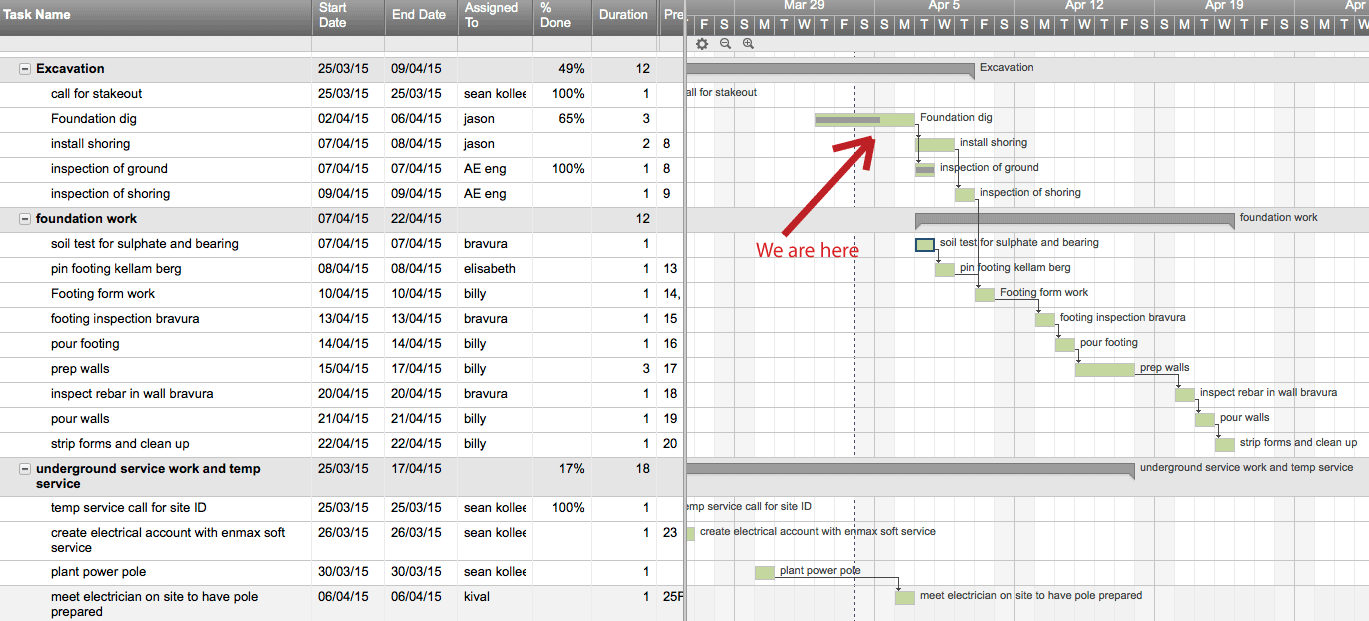Our townhouse projects can get increasingly unmanageable and disorganized leading to painful mistakes and additional cost if tasks are tackled out of order. For this reason, and for maintenance of our overall sanity, we use a schedule tool to manage progress and keep everyone on track. We like to use the Gantt view, and we link dependencies between related tasks such that changing the date of one job will change the schedule for the remaining linked jobs below it. Here is a look at the current schedule system that we use at our home office.
 |
| This is the desktop version of our operating schedule |
 |
| Viewed on the cellphone screen, the schedule is easily navigated |
Client use of the schedule will also be possible. Had we pre-sold a unit of our project, we could share the schedule with the buyer, or make another schedule to ensure their changes and selection date deadlines are viewable, in real time. Hopefully as the project progresses we can find a buyer willing to work with this tool as we think it would lead to greater organization and accountability of everyone involved to stay on track.
Since the construction season in this part of Canada is compressed due to our winter and the erratic weather in our spring, it is critical to get certain jobs done in the warm weather. Stucco, concrete flatwork, landscaping and garage building come to mind as some of the most critical to get done before the end of October. While any job can be done in the winter, heating, hoarding and extra labour involved to work when it is cold is very costly. The consequences of poorly scheduling a job can be huge if the warm season ends, and outdoor work is not done.

No comments:
Post a Comment